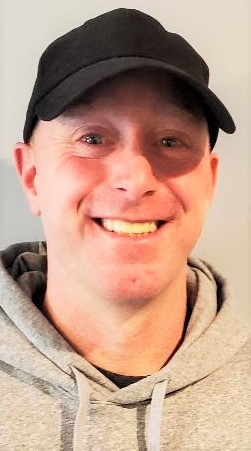HEALing communities study launches new treatment retention campaign
Press Release:
No matter who we are or where we come from, we all know at least one person affected by opioid use disorder (OUD). An estimated 2.1 million Americans have OUD.
Since 2019, there have been 53 fatal opioid overdoses in Genesee County, with additional deaths still pending official causes of death.
What many do not realize is that OUD is a medical disorder characterized by an inability to stop the use of an addictive substance, despite the negative consequences associated with its use. Addiction is a chronic brain disease, not a lack of willpower.
Recovery from OUD also requires more than willpower, and medications can be part of the solution. Three FDA approved medications – methadone, buprenorphine, and naltrexone – can lower the risk of relapse and overdose. The longer a person with OUD stays in medication treatment, the greater the chance of a successful recovery.
However, challenges associated with the availability and acceptance of medication treatment exist. To address these challenges, the HEALing Communities Study will launch a campaign from August 7 - October 6 focused on Staying in Medication Treatment.
This unique campaign aims to help people with OUD and needed supporters (e.g., loved ones, treatment providers):
- Understand how important medication treatment can be for recovery from OUD
- Learn how to overcome commonly experienced barriers to treatment retention
- Improve support for those in medication treatment
Throughout the campaign, real people share their compelling stories about how they have overcome challenges to staying in medication treatment. Treatment challenges addressed throughout the campaign include managing anxiety and depression, coping
with cravings and triggers, finding recovery support that accepts medication treatment, and asking for support from loved ones.“We are so thankful to all of the spokespersons who have shared their powerful stories about their recovery journey and how they have overcome medication treatment challenges,” stated Sherri Bensley, Program Manager for the HEALing Communities Study. “Their stories continue to save lives by inspiring people with opioid use disorder to stay on medication as long as needed.”
You Can Help HEAL our Communities
Everyone can make a difference by staying on medications for opioid use disorder (MOUD) treatment for as long as you need and supporting loved ones in MOUD treatment.About the HEALing Communities Study
The National Survey on Drug Use and Health estimates that 2.1 million Americans have OUD, yet fewer than 20% of those individuals receive specialty care in a given year. A menu of evidence-based practices (EBPs) exists, including opioid overdose education and naloxone dissemination programs, prescription drug monitoring programs, FDA-approved medications for opioid use disorder.Unfortunately, these EBPs have largely failed to penetrate community settings. As a result, the National Institutes of Health (NIH) and the Substance Abuse and Mental Health Services Administration (SAMHSA) launched the HEALing Communities Study (HCS) to investigate and identify the EBPs for preventing and treating OUD that are most effective at the local level. The goal of the study is to reduce opioid-related overdose deaths by 40 percent over the course of three years.
To learn more about the HEALing Communities Study and to help end overdoses in Genesee County, visit:
- HEALing Communities Study Website: www.HealTogetherNY.org/Genesee
- GOW Opioid Task Force Website: www.gowopioidtaskforce.org/
- GO Health Facebook: www.facebook.com/GOHealthNY

